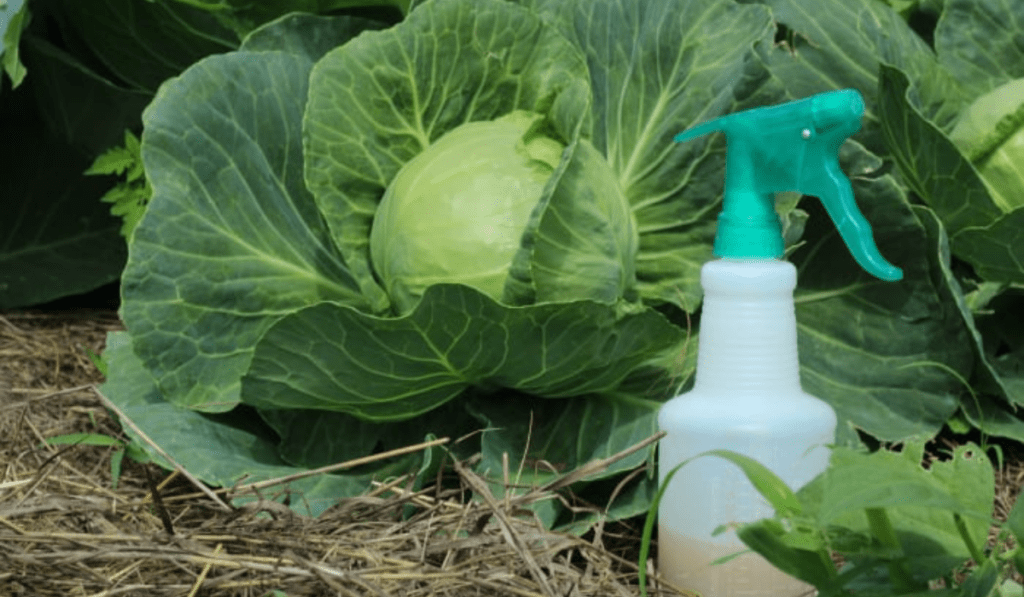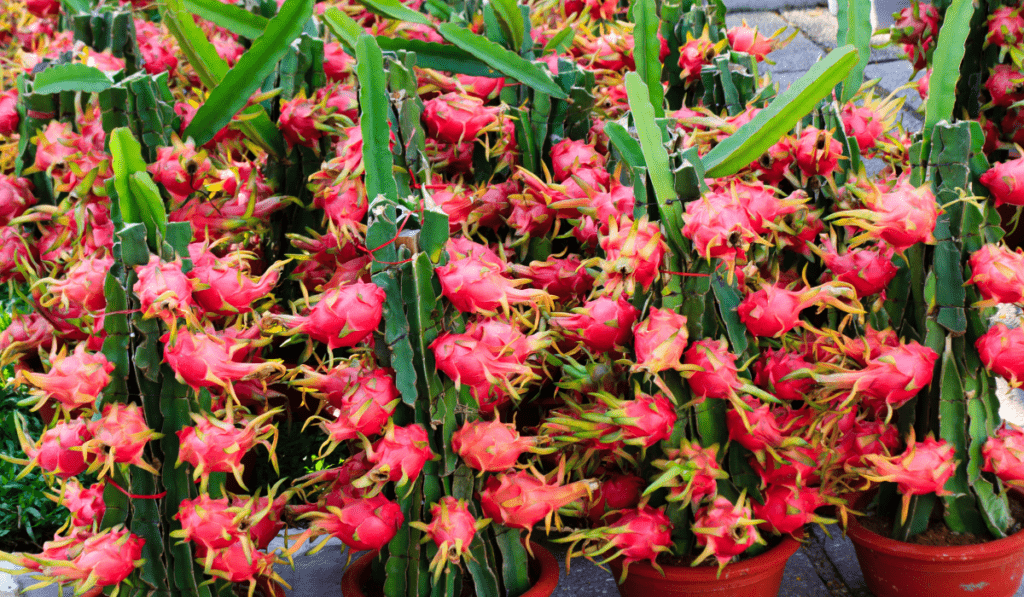Water conservation is essential for maintaining a stunning garden while also being environmentally responsible. By implementing water-saving techniques, you can minimize water waste and still enjoy a lush and vibrant garden. From utilizing efficient irrigation methods to choosing drought-tolerant plants and employing soil moisture techniques, there are various ways to preserve water and ensure your garden remains beautiful and sustainable.
Are you looking to maintain a beautiful garden while also reducing your water consumption? In this article, we will provide you with a range of valuable water-saving tips to help you achieve just that. By implementing these techniques, not only will you be able to preserve water, but you will also enhance the overall beauty and sustainability of your garden. From smart irrigation methods to selecting drought-tolerant plants, we’ll cover everything you need to know to create a stunning garden while keeping water usage to a minimum.
Water-Saving Tips for Maintaining a Beautiful Garden
Sustainable Irrigation Techniques
One of the key aspects of water-saving in garden maintenance is adopting sustainable irrigation techniques. By efficiently managing water usage, you can ensure that your plants receive just the right amount of water without wastage.
Consider implementing the following practices:
- Install drip irrigation systems: Drip systems deliver water directly to the plant roots, minimizing evaporation and runoff.
- Use soaker hoses: Soaker hoses are porous and allow water to seep slowly into the soil, reducing water loss.
- Time your watering: Watering during early morning or evening hours reduces evaporation due to heat and wind.
By employing these sustainable irrigation techniques, you can provide your garden with adequate moisture while conserving water.
Drought-Tolerant Plant Selection
Choosing the right plants for your garden can significantly reduce water requirements. Opt for drought-tolerant plants that have adapted to thrive in arid conditions. These plants have developed mechanisms to conserve water, such as deep roots, succulent leaves, or waxy coatings.
Some popular drought-tolerant choices include:
- Lavender (Lavandula spp.): Known for its fragrant flowers, lavender is highly resistant to drought conditions.
- Agave (Agave spp.): Agave plants store water in their leaves, making them excellent choices for water-saving gardens.
- Yarrow (Achillea millefolium): With its beautiful clusters of flowers, yarrow is both drought-tolerant and low-maintenance.
By incorporating drought-tolerant plants into your garden, you can minimize water consumption without compromising its beauty and allure.
Watering Techniques for Optimal Moisture Retention
In addition to sustainable irrigation practices, there are watering techniques you can employ to enhance moisture retention in the soil.
These techniques prevent water from evaporating quickly and promote deep root growth:
- Mulching: Applying a layer of organic mulch around plants helps retain moisture, suppresses weed growth, and moderates soil temperature.
- Deep watering: Watering deeply and infrequently encourages roots to grow deeper into the soil, allowing plants to access moisture reserves.
- Monitor soil moisture: Use a moisture meter or perform a simple finger test to assess soil moisture levels before deciding to water.
Implementing these watering techniques ensures that water is used efficiently, reducing the frequency and quantity required for garden irrigation.
Smart Garden Design and Maintenance
Designing and maintaining your garden with water-saving principles in mind can greatly contribute to its beauty while conserving water.
Consider the following tips:
- Group plants with similar water needs: Grouping plants with similar water requirements allows you to target watering efforts more precisely.
- Proper soil preparation: Improving soil structure and organic matter content helps retain moisture, reducing the need for frequent watering.
- Regular maintenance: Weeding, pruning, and removing dead plant material improves overall garden health, ensuring water is utilized by healthy plants.
By implementing smart garden design and maintenance practices, you can create a visually stunning garden that thrives with minimal water usage.
Harvesting and Reusing Water
Another effective approach to conserving water in garden maintenance is by harvesting and reusing water.
Try the following methods:
- Rainwater harvesting: Collect rainwater in barrels or storage tanks to use for watering your garden during dry periods.
- Graywater recycling: Reuse water from household activities, such as dishwashing or laundry, to water plants.
- Use leftover water: Repurpose water from pet bowls, fish tanks, or cooking to hydrate your garden rather than pouring it down the drain.
These water-saving techniques not only reduce your overall water consumption but also provide a sustainable water source for your garden.
By incorporating these water-saving tips into your garden maintenance routine, you can create and maintain a beautiful garden while being mindful of water conservation. With sustainable irrigation practices, wise plant selection, efficient watering techniques, smart garden design, and water reuse, you can achieve an eco-friendly and visually appealing garden that thrives while preserving this vital resource.
FAQs
How often should I water my garden to save water?
The frequency of watering depends on various factors such as plant type, soil moisture levels, and weather conditions. A general rule of thumb is to water deeply but infrequently, ensuring the soil is evenly moist without becoming waterlogged.
Are there any specific plants that require less water?
Absolutely! Many plants are naturally adapted to drought conditions and require less water. Some examples include succulents, ornamental grasses, and native wildflowers. Research and choose plants that are suitable for your region’s climate and have low water needs.
Can I save water by using mulch in my garden?
Yes, using mulch in your garden is an effective way to conserve water. Mulch acts as a protective layer, preventing water evaporation from the soil surface, reducing weed growth, and regulating soil temperature. It also adds nutrients to the soil and improves its overall health.
What are the benefits of rainwater harvesting for my garden?
Rainwater harvesting provides several benefits for your garden. Firstly, it is a sustainable way to collect and utilize rainwater, reducing reliance on municipal water sources. Additionally, rainwater is free of chemicals, making it beneficial for plants. Harvesting rainwater also helps prevent erosion and stormwater runoff.
Conclusion
Incorporating water-saving tips and techniques into your garden maintenance routine not only helps conserve water but also promotes a beautiful and sustainable garden. By implementing sustainable irrigation methods, choosing drought-tolerant plants, and employing smart watering and garden design practices, you can create an eco-friendly garden that thrives while reducing water consumption. Remember, every drop counts!



